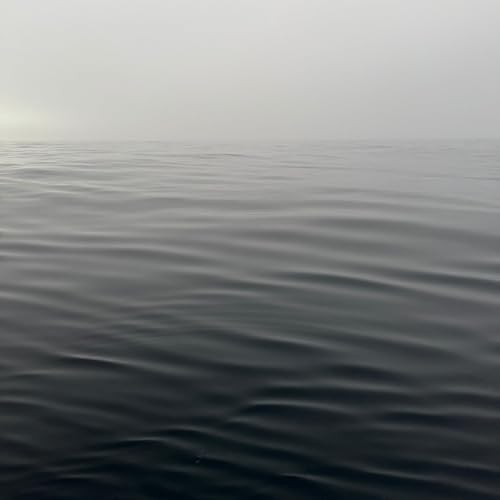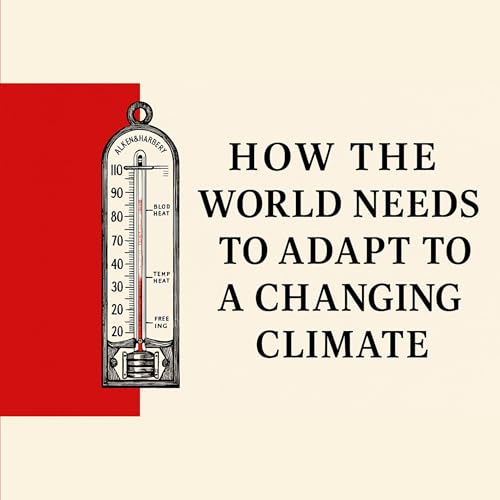Wren recently purchased a majority stake in Pacific Biochar, one of carbon removal's most prolific credit deliverers. What led to this deal, and will this model be emulated in a 2026 that might find carbon removal companies interested in (or maybe desperate for) deals that prolong runway and keep their companies alive?
Wren is one of the oldest marketplaces (and so much more) in carbon removal with a record of doing things differently. Sophie Westover is their Head of Climate and is on the show representing their thinking on this deal.
Josiah Hunt is the Founder and CEO of Pacific Biochar. He's been making biochar since before most of us knew it was a thing. He shares a lot of realness about the difficulties of being a project developer—even a successful one—in carbon removal.
This Episode's Sponsors
Absolute Climate: the only standard that’s developed independent of registries
Philip Lee LLP: legal resources for carbon removal buyers and suppliers
Listen to the RCC episode with Peter Minor from Absolute Climate
Listen to the RCC episode with Ryan Covington from Philip Lee LLP
Become a sponsor by emailing carbon.removal.strategies[at]gmail.com
Sign up for the 9Zero climate coworking space with my referral code
Resources
Become a paid subscriber of Reversing Climate Change
Subscribe to the Reversing Climate Change Substack
Wren
Pacific Biochar
"Wren proudly invests in Pacific Biochar to scale carbon removal"
In case you want to see Pacific Biochar on the cdr.fyi supplier leaderboard.
Benefit corporation
Kita
"313: Can carbon removal be insured?—w/ Racheal Notto & James Kench, Kita"
 Dec 15 202538 min
Dec 15 202538 min Dec 12 202529 min
Dec 12 202529 min 1 h et 3 min
1 h et 3 min 1 h et 22 min
1 h et 22 min 1 h et 4 min
1 h et 4 min Nov 13 202551 min
Nov 13 202551 min Nov 11 202523 min
Nov 11 202523 min 59 min
59 min
